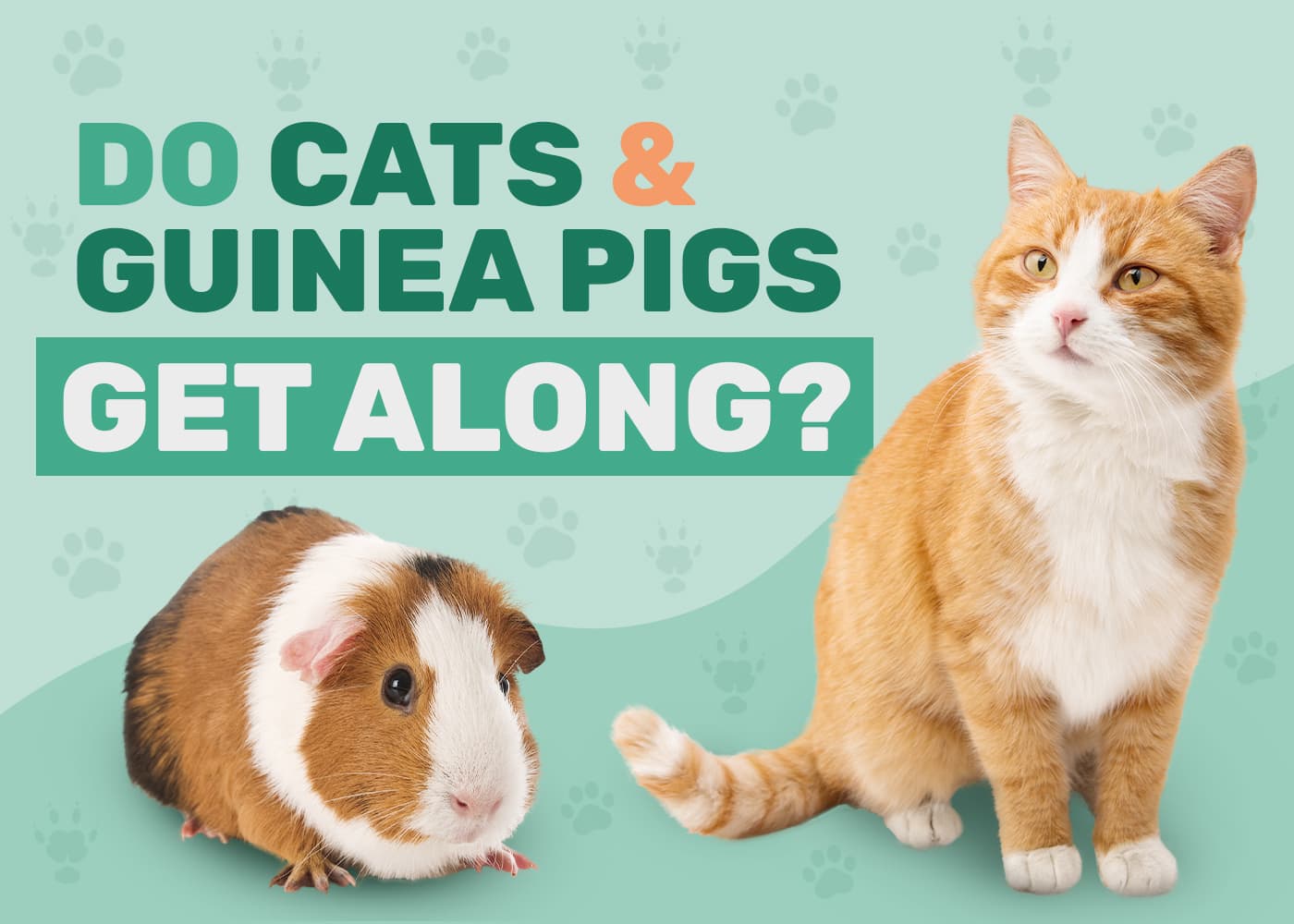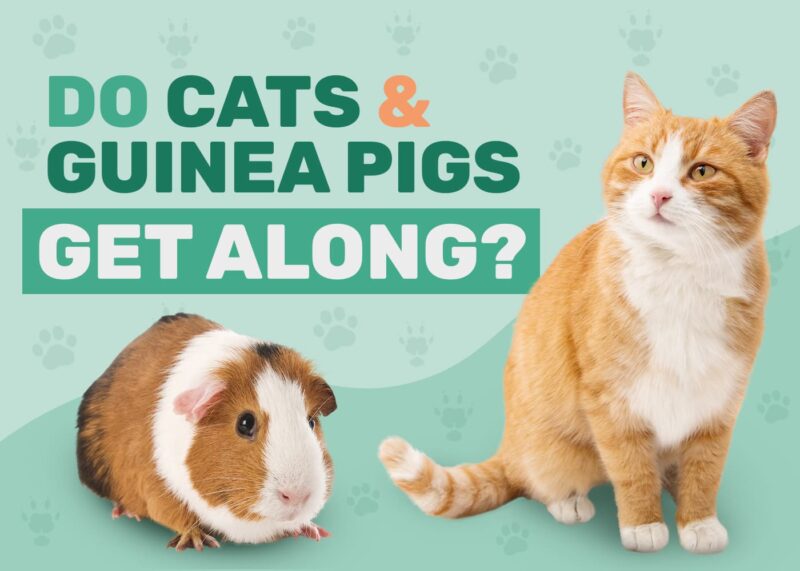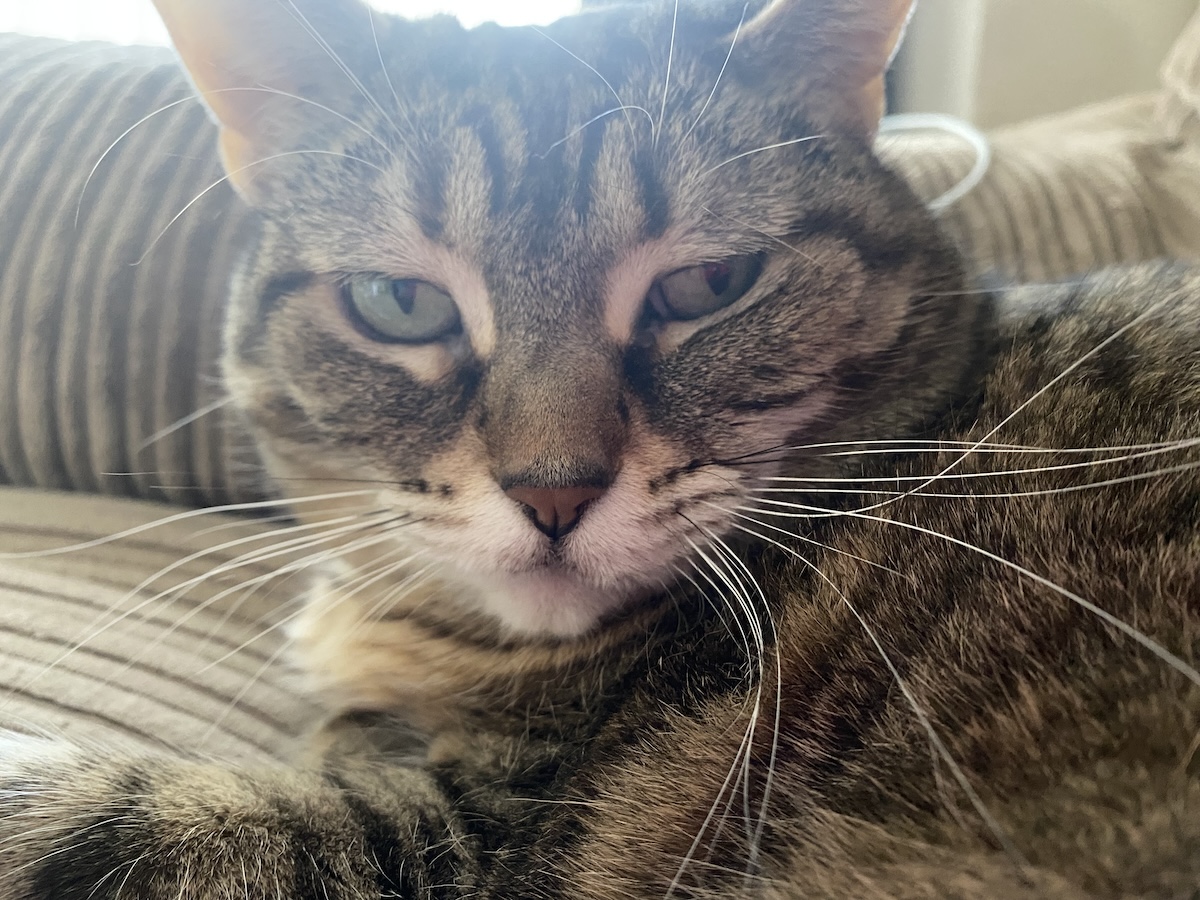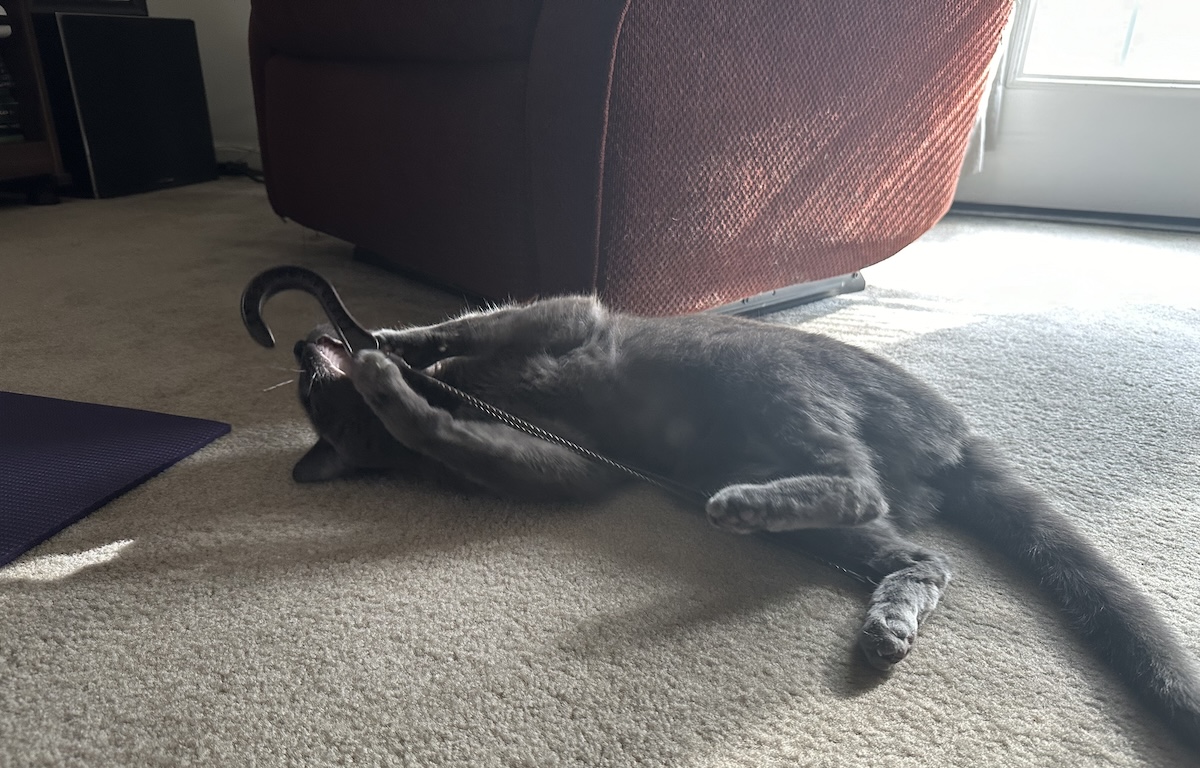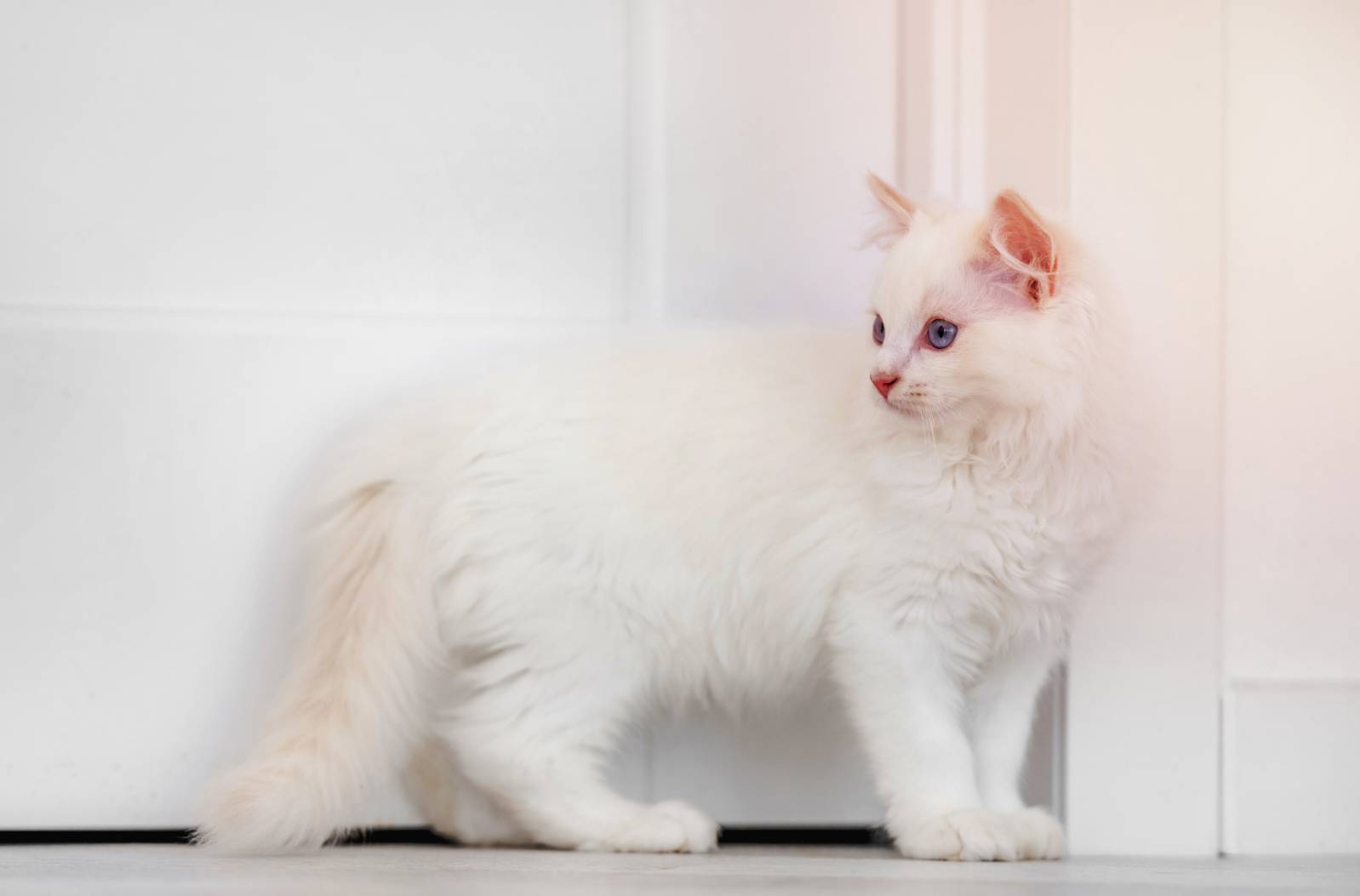Despite reputations and overall advice, there are always a few examples of animal interactions that somehow manage to escape the norm. If you search the internet for cats and guinea pigs together, you will definitely find a few examples.
In general, though, guinea pigs and cats don’t get along. A cat’s innate prey drive endangers your guinea pig, which can’t defend themselves. Unfortunately, the sheer size difference alone can spell disaster for your guinea pig, even with the most benign cat. However, if you have your heart set on owning both species, rest assured that it is possible. It’ll just involve ensuring that each pet has their own space within the house and that they don’t interact for the most part.
Should Guinea Pigs and Cats Live in the Same House?
If you’re thinking about a household where your cat and guinea pig can roam every single room, the answer to this question is no. Cats are predators and instinctively view guinea pigs as prey, not friends. Even if your cat isn’t hunting, they can seriously injure a guinea pig by rough-housing them during play. A cat may also swipe at a guinea pig through a cage and cause an injury.
Guinea pigs are naturally neophobic, which means they fear new environments, objects, and experiences. This includes food items that they are unfamiliar with. A guinea pig that’s fearful may refuse to eat, which is incredibly problematic for the species. When confronted by a predator, guinea pigs may appear exceptionally stiff due to stress, a phenomenon known as tonic immobility.
Although there are examples of these two species coexisting on the internet, it is important to remember that such examples are exceptions to the norm and not something that is recommended or guaranteed if you ever attempt to adopt both guinea pigs and cats.
Guinea pigs and cats can live in the same house if they have their own space, and the possessions of each pet (including their toys) are never placed in a room where the other animal resides.
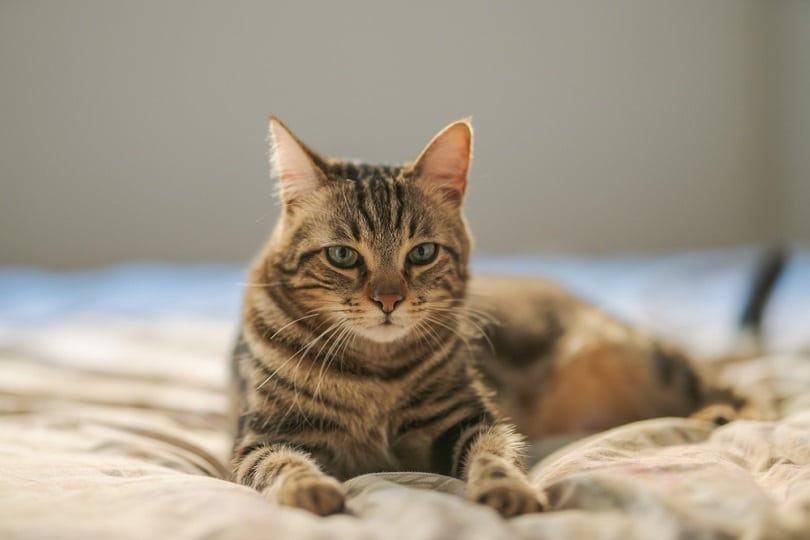
Will a Guinea Pig and a Cat Be Friends?
While it is hypothesized that cats and guinea pigs can be “friends,” this hasn’t proven to be true. For starters, friendship is a human social construct. Animals instinctively don’t recognize the concept, especially when other non-human species are concerned. Although cats, dogs, and a few other domesticated animals can form companion-like bonds with their caretakers, they don’t necessarily view other species in the same way.
There are examples of how guinea pigs and cats can be socialized and introduced to one another, and while they may be able to coexist after a successful introduction in certain circumstances, it is still impossible to ascertain a level of friendship between the two species. In addition, all guides that focus on introducing cats to guinea pigs caution against leaving them alone unsupervised, which further reinforces the point that while they may tolerate each other, they don’t form a friendship.
Should You Adopt a Guinea Pig With a Cat?
Above all, your guinea pig’s safety has to take priority in the decision of whether or not to adopt another pet. Guinea pigs are neophobic, which can negatively impact their health. Adopting a new cat that stalks their cage subjects them to intense fear, which can lead to health problems (sometimes immediate). Conversely, cats are often super curious or skittish and may feel uneasy about having a new rodent friend that they aren’t allowed to interact with.
If you do decide to bring home both species, you have to make sure both individuals are safe. Several theories exist on how the two species should be introduced to one another, but the fact that they should never be left alone unsupervised means attempting an introduction between a predator and prey is extremely difficult and full of risks.
It is crucial to note that your cat’s attempts to explore and investigate the guinea pig’s environment isn’t “bad” behavior, and they shouldn’t be punished for this action. It’s normal for a cat. Instead, focus on redirecting your cat’s curiosity elsewhere in a positive way. Also, separating the two animals doesn’t mean you should limit your own interactions with them, as separation is a requirement and should not be used as a form of punishment.
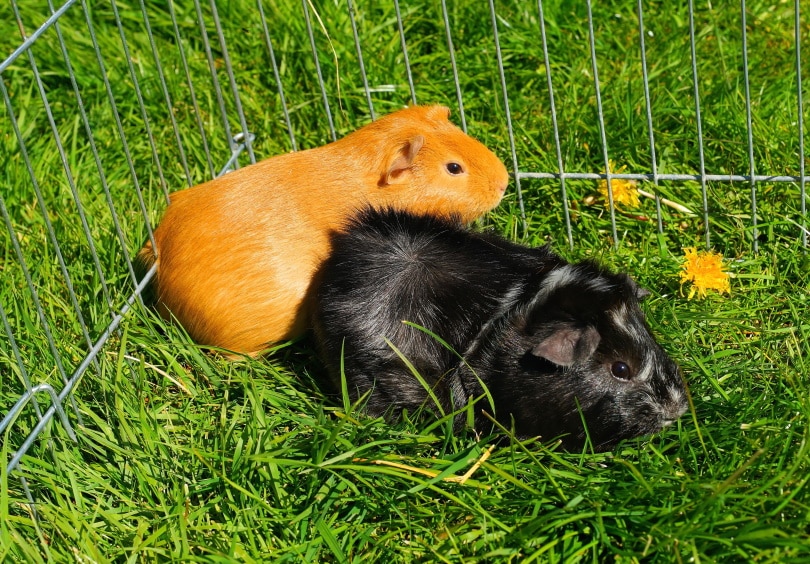
Conclusion
While we wish everyone in the animal kingdom could be friends, cats and guinea pigs are an unlikely pair. Cats are predatory animals that by nature, could severely injure or kill your guinea pig, even unintentionally. If you decide to adopt both species, it is best to keep them separated. Attempts at an introduction should be done slowly and with appropriate precautions.

